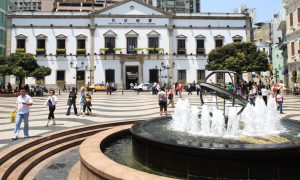From onde-onde to teh tiga lapis, gula melaka is an essential ingredient in Malaysian cuisine. This natural palm sugar not only enhances desserts, but adds depth to savoury dishes, as well.
My favourite kuih has always been onde-onde—those small, coconut-coated green dumplings—solely for the brown filling that literally bursts in the mouth when chewed. Lightly sweet with hints of floral and buttery notes, gula melaka is one of the most recognizable local flavours outside the savory Malaysian palate.
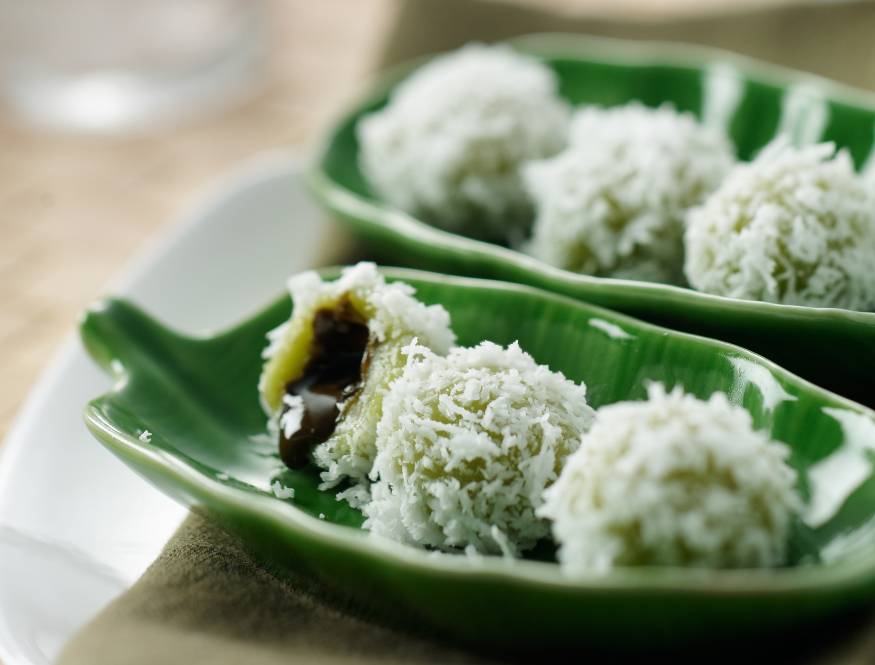
In the fast-growing development of dessert cafés in Malaysia, gula melaka is becoming more ubiquitous among bakers and chefs seeking to make fusion specialties, alongside oddities like croissants with kaya filling or durian froyo. Walk into any local ice cream parlor and chances are you’ll see a gula melaka-flavoured ice cream.
It’s surprising how many sweet delicacies in Malaysian cuisine come from the coconut, and gula melaka is no different. But as part of the palm sugar family—with other variants sourced from date and toddy palms—gula melaka doesn’t come from the fruit itself but rather the coconut palm’s flowers. The harvest and manufacture process of gula melaka has been found to be an ancient practice in Javanese culture, with its earliest record of a palm sugar maker dating back to the 1500s in legends of the historical Chronicles of Java manuscript. Most likely this process was later brought to Malacca’s trading ports on, which gives it its current name that’s so well-known among Malaysians.
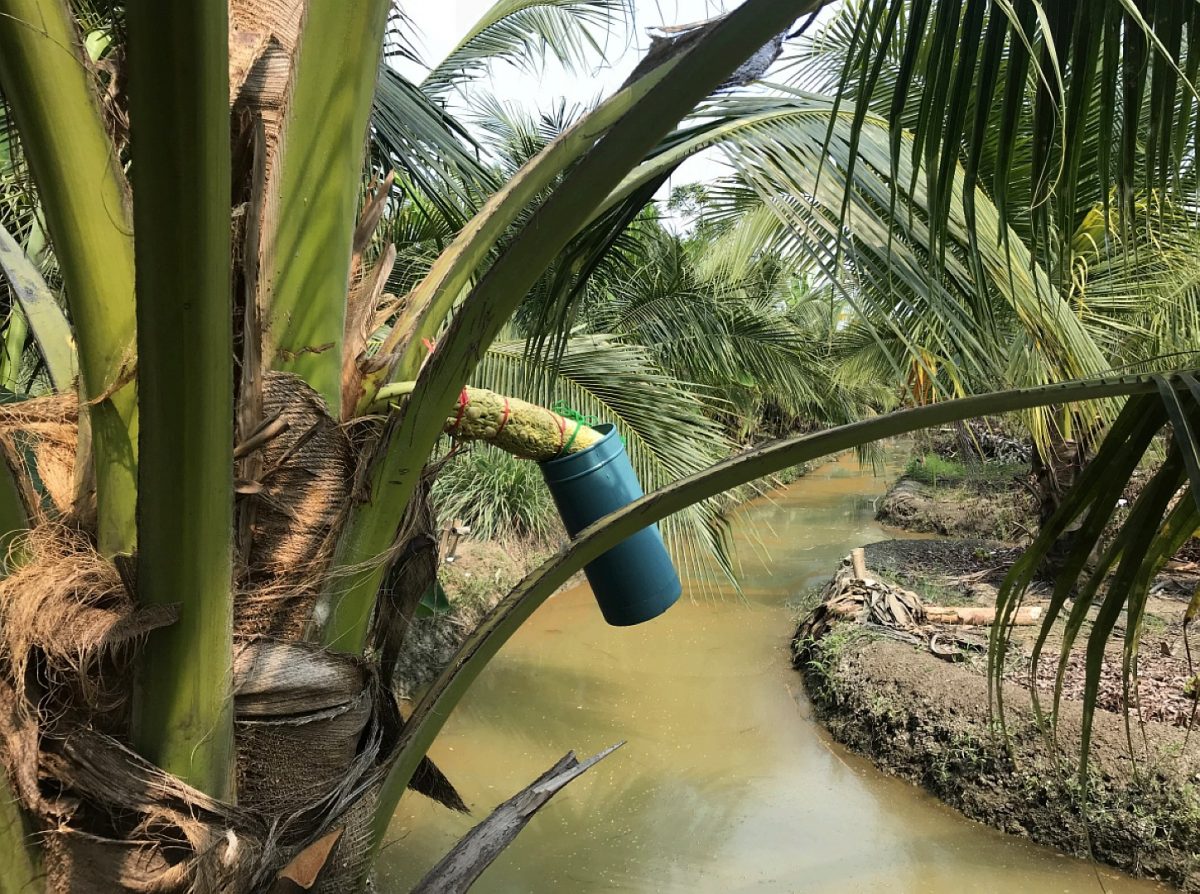
Gula melaka is extracted as a sap from the flower’s bud and later—in a massive pan—stirred over low heat to remove all moisture and essentially caramelized. Like any other type of sugar, the sweet sap eventually thickens into a dark brown and toffee-like texture. Soon enough, it will begin crystallizing, which means it’s time to pour the thick syrup into moulds where it will fully solidify as sugar bricks. Traditionally, these moulds are made of bamboo tubes, which explains its trademark cylindrical shape when sold at the supermarket. Oftentimes, people will then boil down these bricks with pandan leaves and water in order to make a more conventional gula melaka syrup.
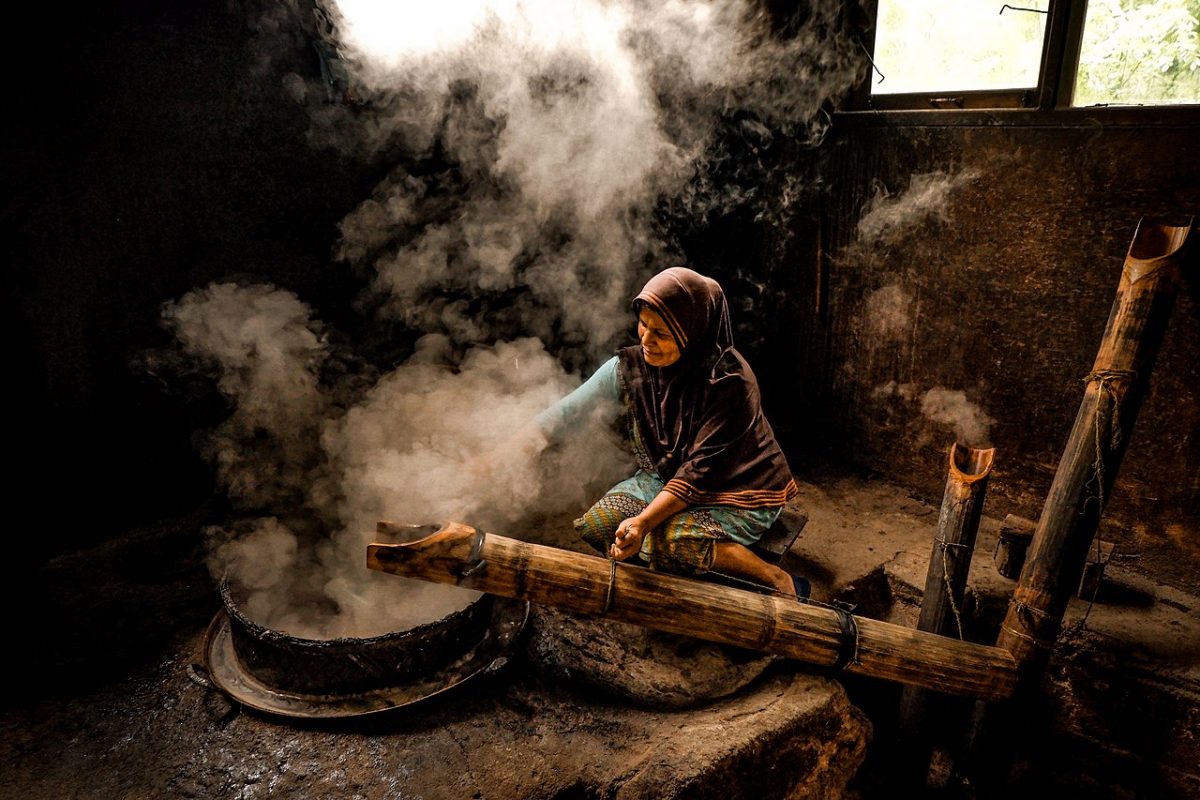
And this syrup has become the signature sweetener for many local desserts. Aside from onde-onde, it’s also famously eaten with taufufa (soybean curd), as well as serving as one of the many toppings added to cendol. Drizzle it over sago seeds drenched in coconut milk, and you’ve completed a sweet creamy pudding perfect for a hot afternoon. For the mornings, gula melaka is there in your coffee or tea, too—such as in the bottom layer of the iconic teh tiga lapis (three-layered tea), but nowadays it’s like any other sweetener… you can put it in any type of drink.
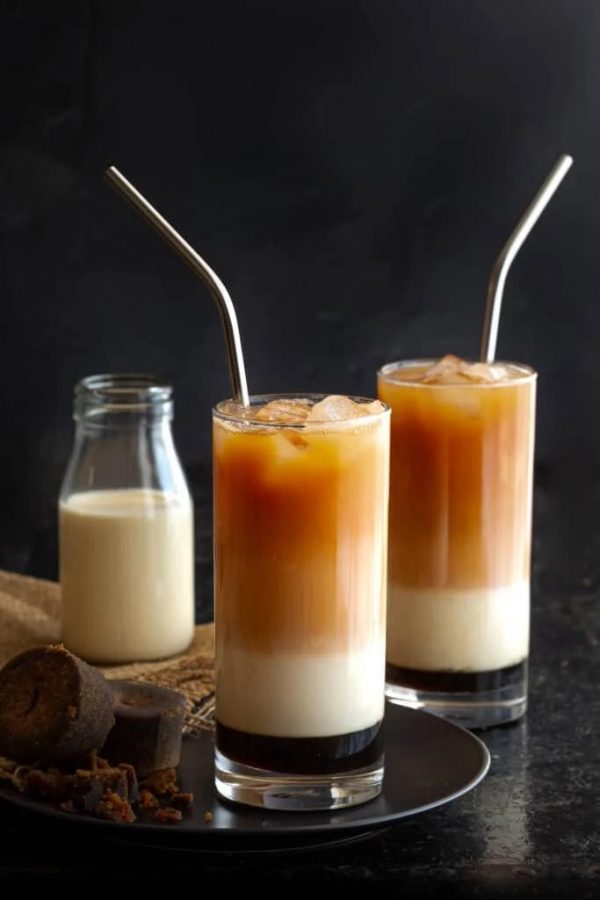
In other words, it’s a great sugar replacement and therefore a staple in so many Malaysian dishes, even the savoury ones. People will often use it to balance out the sweet-sour flavours in curry laksa, where it pairs well with the coconut cream of the soup. In Peranakan cuisine, gula melaka is also commonly added to braised meat dishes.
Although a great sugar replacement in itself, gula melaka’s complex taste is the main part many enjoy about it and is crucial to blending with other ingredients in local dishes. Some describe gula melaka to have a slightly salty caramel flavour, while a larger number of people report a smoky and woody tinge to the sweetness. (An Indonesian counterpart, gula jawa, typically has a more notable smoky element to it, as it’s often cooked on wood-fired stoves.) With these other flavour profiles treating the palate, gula melaka lacks the excessive saccharine-like notes of other refined sugars.
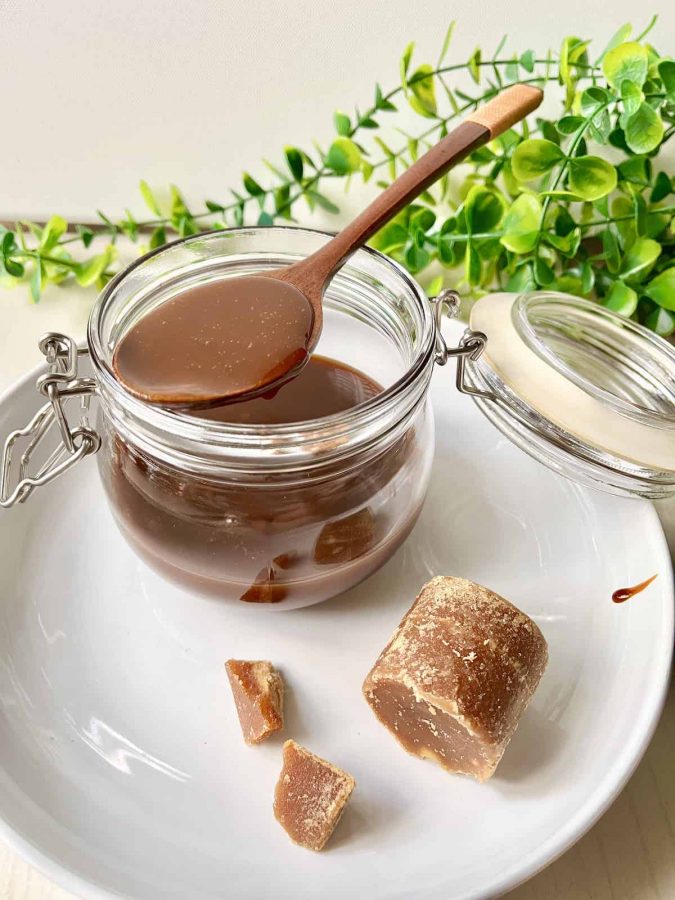
Health-wise, that’s also part of its appeal and growing prevalence in desserts. In traditional Ayurvedic medicine, it has been used for relieving throat and lung infections. But even in terms of nutritional properties, gula melaka contains a lot more minerals and vitamins compared to brown or white sugars. More importantly, it has a lower glycemic index which makes it enjoyable for diabetics. But ultimately, its natural source already gives a big upper hand over our usual highly processed sweeteners. That’s more reason to add it to cakes and drizzled over soft-serve desserts; gula melaka is great as both the main taste and the cherry on top!
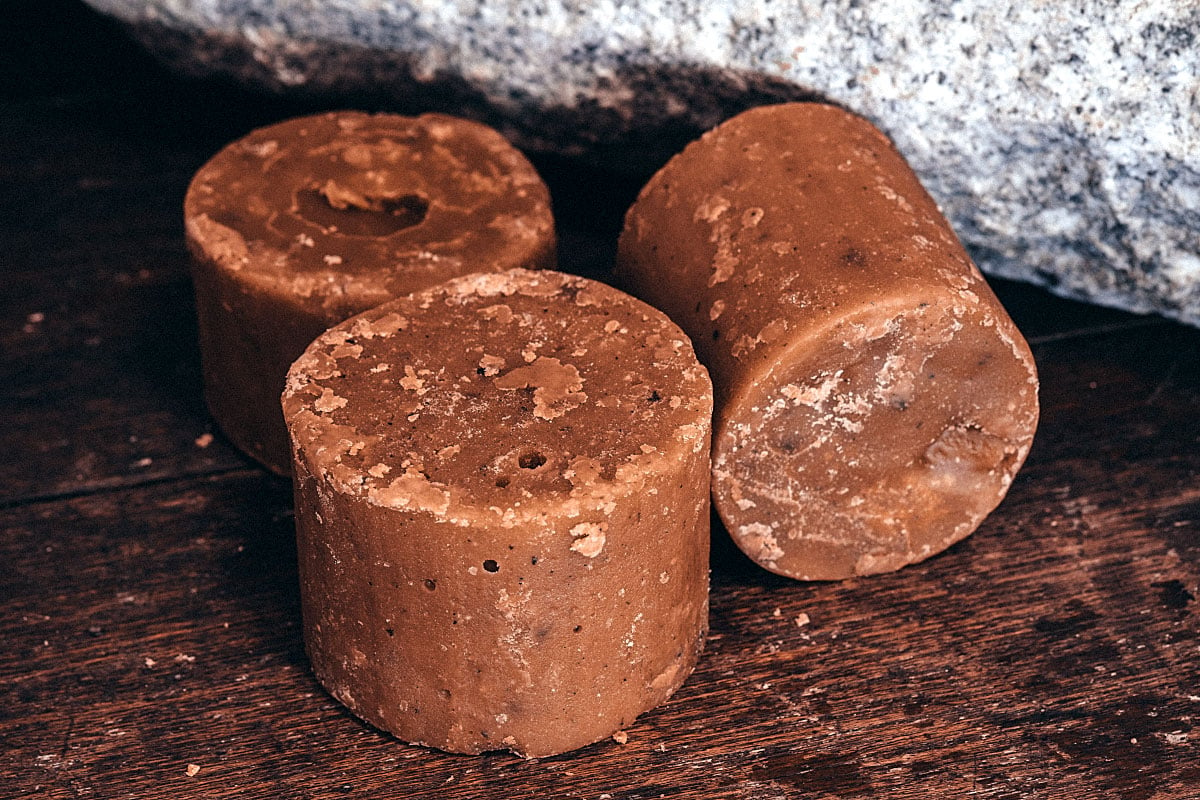
"ExpatGo welcomes and encourages comments, input, and divergent opinions. However, we kindly request that you use suitable language in your comments, and refrain from any sort of personal attack, hate speech, or disparaging rhetoric. Comments not in line with this are subject to removal from the site. "










